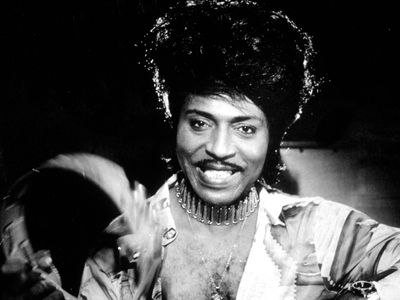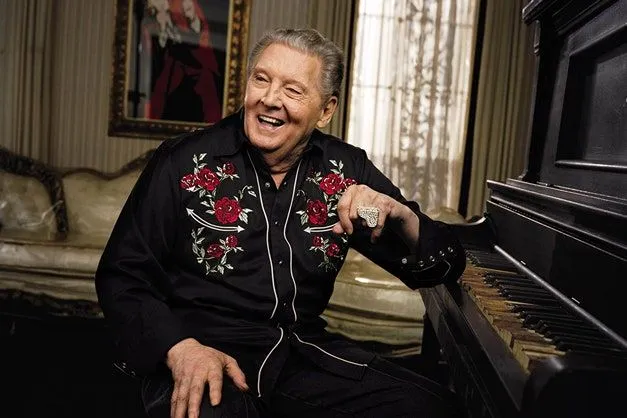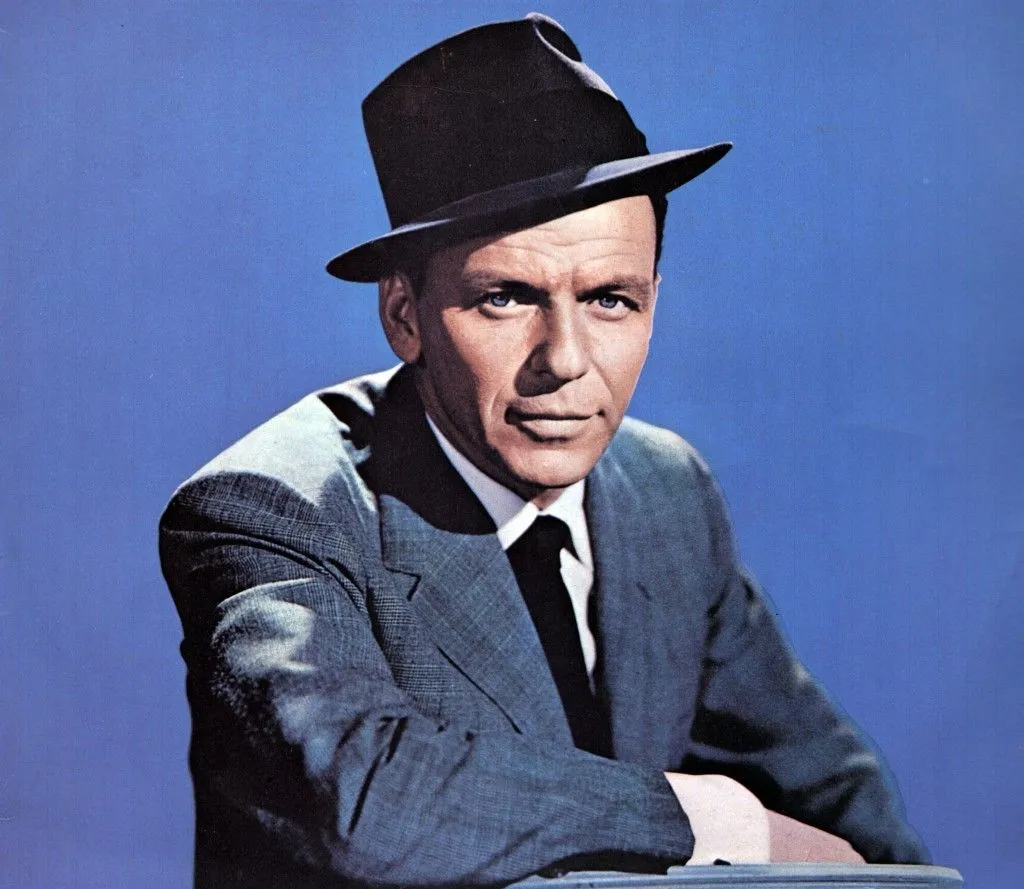Little Richard: How the Son of a preacher became one of the most famous artists of his time
“I had always thought that 'A wop bop a loo lop a lop bam boo' said it all,” Bob Dylan wrote in his 2004 autobiography, Chronicles Volume One. The incomprehensible verse comes from a song called ‘Tutti Frutti,’ which helped launch the career of an extravagant African-American singer named Little Richard some 50 years earlier.
Richard Wayne Penniman was born in Macon, Georgia in 1932. One of twelve children of a preacher, he grew up in poverty and had to make a living with odd jobs at an early age. He was a hyperactive boy who absorbed the music of his surroundings and gained his first experiences as a singer of various gospel groups.
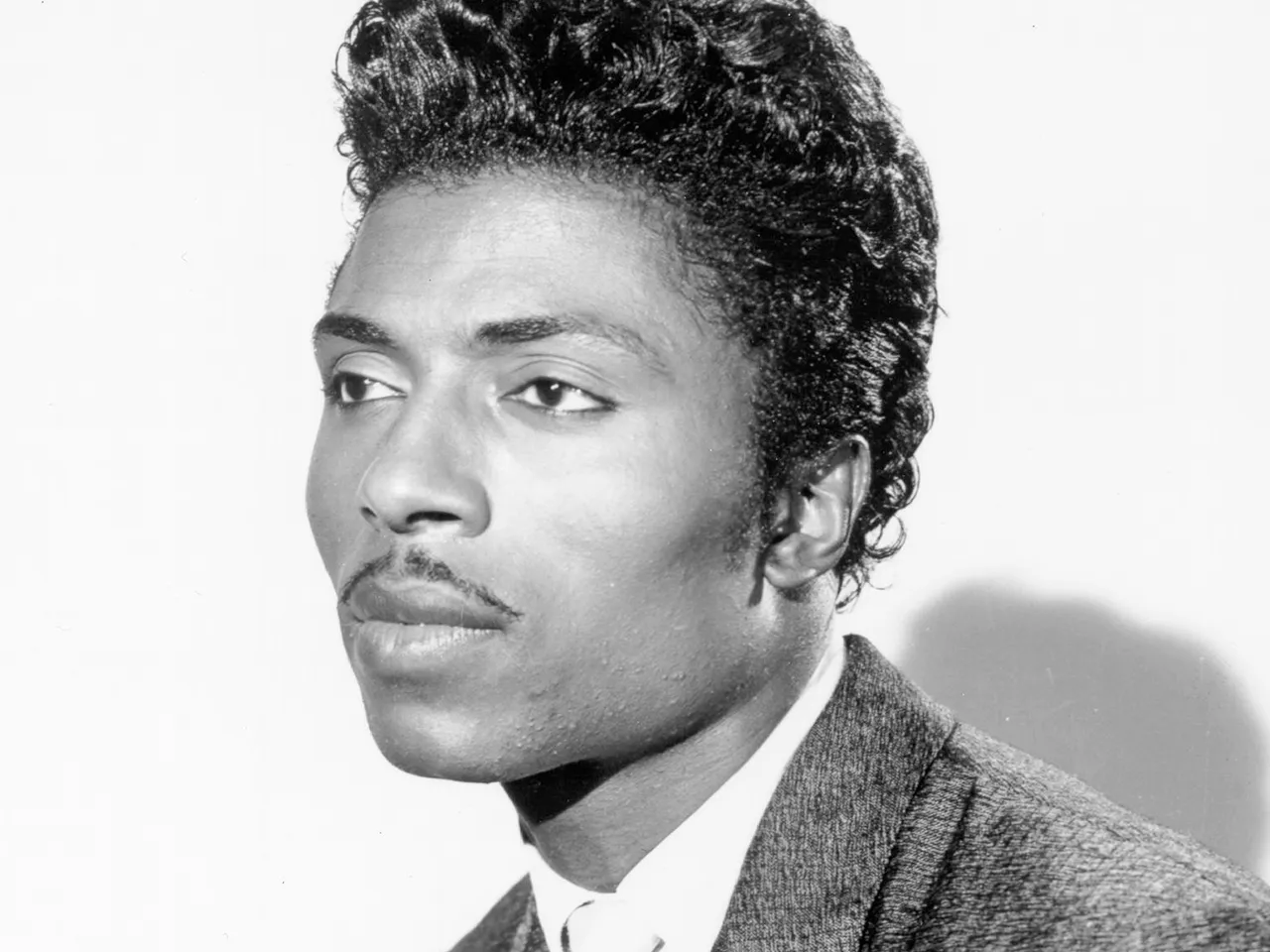
In 1951, he won a contest that earned him his first record deal. However, the four recorded tracks turned out to be flops. He performed in clubs in his hometown at night, washing dishes during the day. In 1952, he met the early rock'n'roller Esquerita, who taught him rudimentary piano skills, and the bluesman Bill Wright, who performed his concerts with make-up, highly teased hair and extravagant costumes. With a new look and expanded skills, Richard made a fresh start.
In 1955, he was sitting at the bar piano improvising a song with seemingly meaningless lyrics. Producer Bumps Blackwell immediately dragged him to the studio, and a quarter of an hour later the recording of “Tutti Frutti” was in the can, sealing Little Richard's rise to fame.
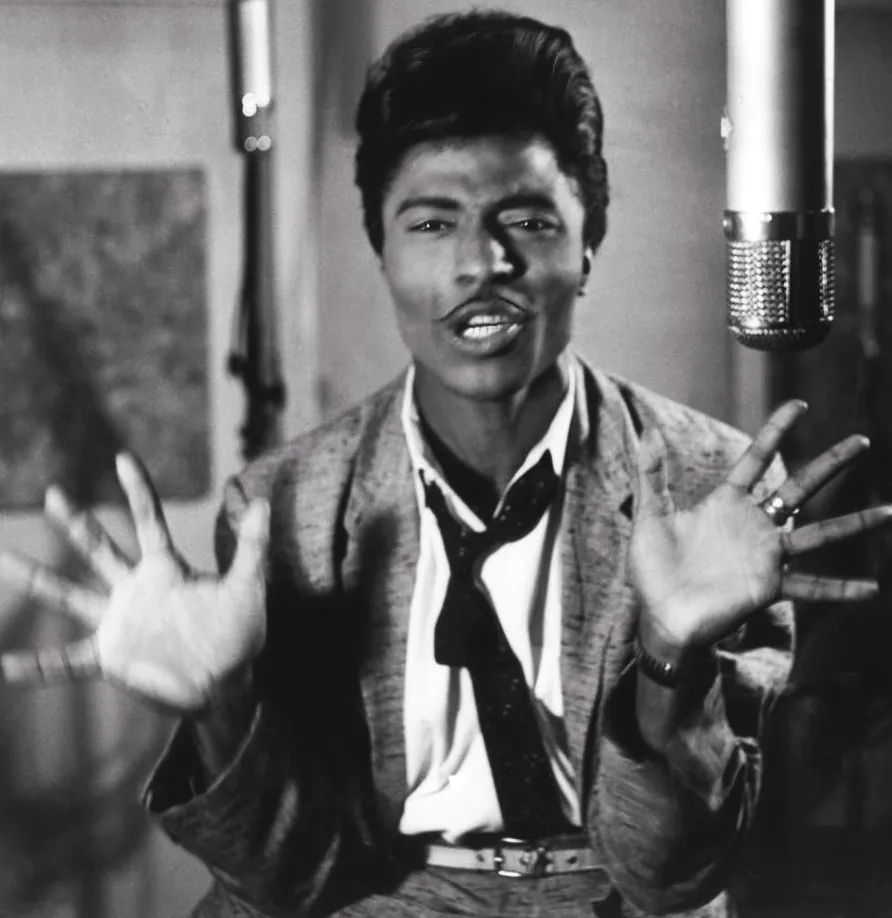
From the beginning of 1956 until the end of 1957, he rode the crest of a wave of success. Among the 50 songs he recorded were classics such as “Lucille”, “Good Golly Miss Molly”, “Long Tall Sally” and “The Girl Can't Help It”, the title track of a film in which he played alongside Jane Mansfield. After Elvis, he is the ultimate rock 'n' roll star, which is a sensation considering the color of his skin at the time.
During a tour of Australia with Eddie Cochran and Gene Vincent, Ricard suddenly decides to leave the business and become a preacher like his father. He moves to Alabama to attend a seminary. In 1959, he is back again – with a gospel show that is supposed to take him across the United States. But the performances are just as unsuccessful as the accompanying albums. When he tries to regain a foothold with rock 'n' roll in 1962, the genre is already doomed. Nevertheless, Richard manages to sign the as yet unknown Rolling Stones as the opening act for a European tour. For a short time, the equally unknown Jimi Hendrix is part of his backing band in the USA.
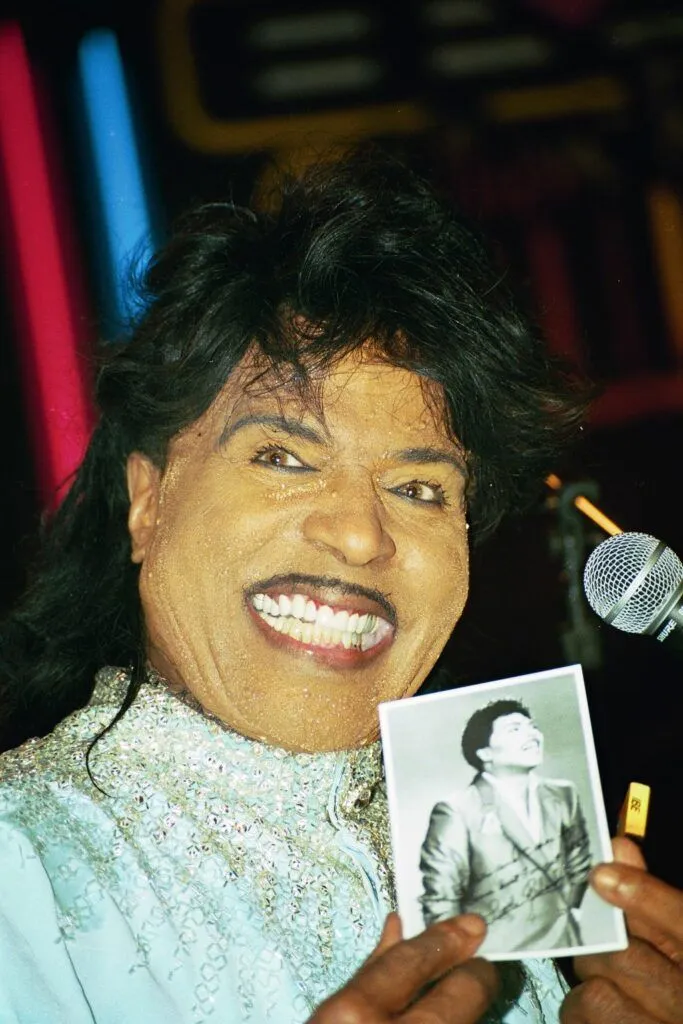
Even though his studio work has since been virtually dormant, he has never really been out of the picture. In the 70s, he publicly came out as gay, and in the 80s and 90s, he appeared several times as an actor, including in the TV series Miami Vice and Baywatch, as well as in the movie “Down And Out In Beverly Hills”.
In 1986, he was inducted into the Rock and Roll Hall of Fame along with Fats Domino and Jerry Lee Lewis. Otherwise, Little Richard alternates between his work as a preacher and as a musician, and he can regularly be seen live on stage in Europe. In spring 2008, Little Richard thrilled an estimated 17 million TV viewers with an energetic performance at the Grammy Awards together with his old colleague Jerry Lee Lewis and John Fogerty. The old masters sat back to back at the piano and Fogerty took on the vocals for a rock'n'roll medley including the hits “Good Golly, Miss Molly” and “Goodness Gracious, Great Balls Of Fire”.
